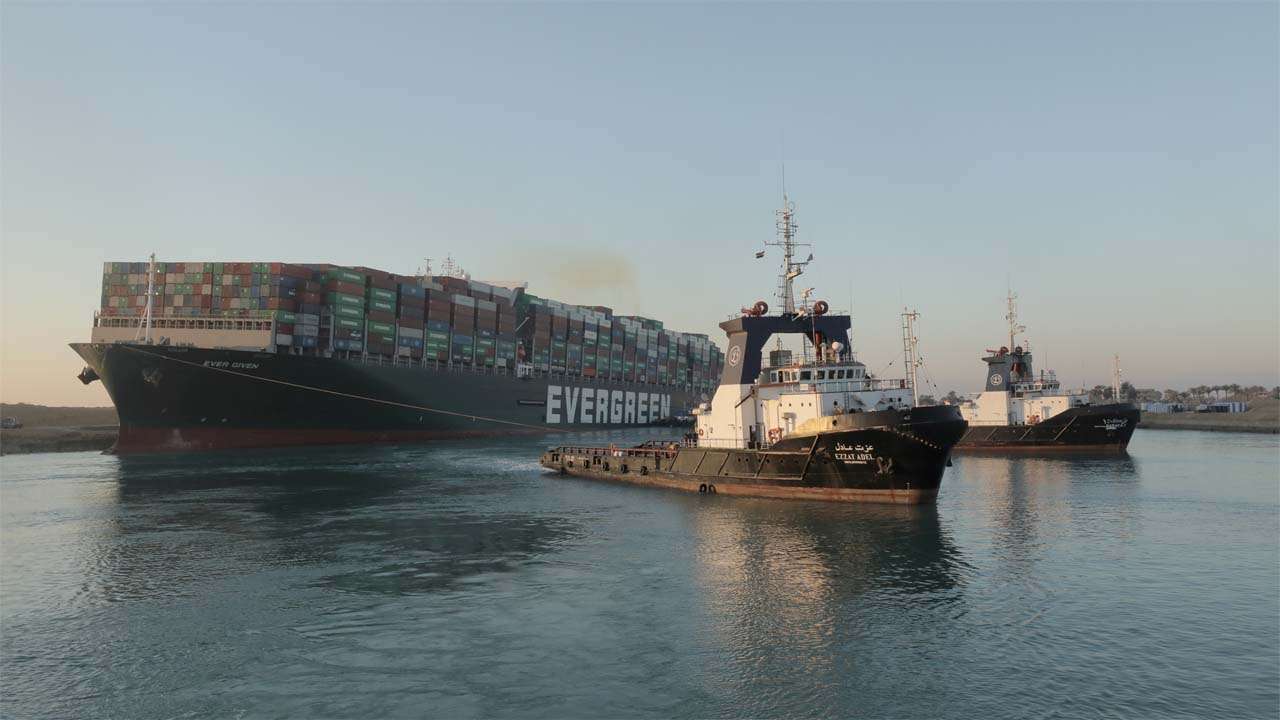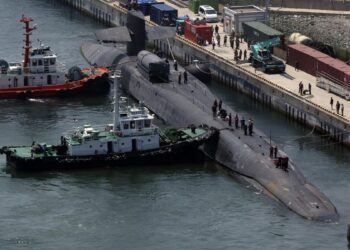On November 17 in 1869, the Suez Canal was initially inaugurated by the joint ownership of Egypt and France. Thereupon, Egypt holds a huge ceremony in the Port.
Nonetheless, because of debts, it later became a French-British enterprise in 1875.
The Suez Canal was nationalized on July 26, 1956, by the then President Late Gamal Abdel Nasser once Egypt changed into a republic. It took approx ten years (1859 to 1869)for the development of the canal to be completed.
The Suez Canal has enabled vessels to ply on the oceans by connecting from the Mediterranean Sea to the Red Sea. The ships can now bring to the eastern Mediterranean instead of cruising the Cape of Good Hope. That’s because of the shipway, reducing their time at sea significantly.
The report infers that the Suez Canal is witness to almost 12% of total global trade through its waters. The figures released by the Suez Canal Authority on Wednesday exhibit that 1.4 million vessels carrying 24.7 billion tons of shipments have crossed the international waterway since 1869. Although, they paid fees to have a unit value of USD 147.1 billion.

However, then-President Abdel Fatah al-Sisi had inaugurated the New Suez Canal on
Transfiguration, 2015. That may be a parallel waterway, expanding the Canal’s width by almost double than the earlier. Also, dredging was done out to create it deeper.
Significant
The Suez Canal is a significant route for energy, commodities, consumer goods, and componentry from Asia and the Middle East to Europe. The canal’s location also makes it a key regional hub for shipping oil and other hydrocarbons.
It enables the transfer of an estimated 7-10% of the world’s oil and 8% of liquefied natural gas. Approximately one million barrels of oil traverse the Suez daily. In 2019, 53.5 million tonnes of ores and metals and 35.4 million tonnes of coal travelled the length of the canal.
Analysts indicated Europe has experienced the strongest impact of the stranding. However, businesses in Asia will not only be impacted by the pause of shipments from Europe. Yet also by a shortage of empty containers returning to the region. The incident has aggravated the shortage of containers already caused by COVID-19 supply chain issues.

According to the news of March 2021, the ship was named the Ever Given is known as an, it got stuck edgewise in it for nearly a week, inflicting backlogs and loss of trade value in millions. It is one of the largest container ships in the world, It is 400 meters long, 59 meters at its widest point, and 16 meters deep below the waterline — for comparison, the length is 72 m longer than the height of the Auckland Sky Tower.
While initial concerns regarding re-floating focused on whether the ship would capsize or buckle at its centre, the crisis was compounded as more vessels joined the backlogged queue. Eventually, an estimated 450 vessels were halted in or at either end of the canal waiting to transit.
On March 23, 2021, 200,000-tonne Panama-flagged ship, Ever Given, ran aground early morning in the southern mouth of the canal.
Over 200,000-tonne ships are getting stuck happening in different vessels getting halted from transiting the waterway, inflicting casualties of trade worth millions.
Also Read: Azeem Rafiq and end of his bright future and career because of the deep-rooted racism.
















